SILVER-LUG Blog — 英国

antique vinaigrette
Posted by WATANABETAIGA
"Vinaigrette" means "vinegar" in French, and is the term used in the antiques industry to refer to smell-inducing bottles.
antique vinaigrette
Posted by WATANABETAIGA
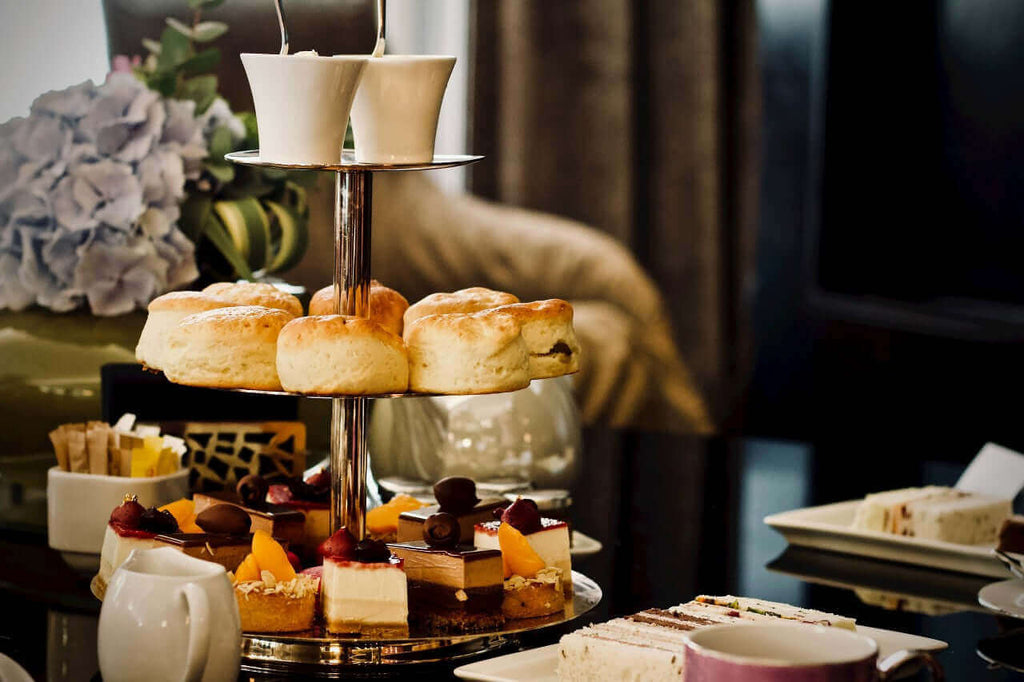
Afternoon tea to enjoy casually
Posted by WATANABETAIGA
The custom of afternoon tea originally spread from upper-class social gatherings during the Victorian era, so it inevitably has an image of being something uplifting.
British afternoon tea began around 1840 when Anna Maria Russell, wife of Francis Russell, 7th Duke of Bedford, treated female guests to tea and sweets while her male guests enjoyed hunting.
Afternoon tea to enjoy casually
Posted by WATANABETAIGA
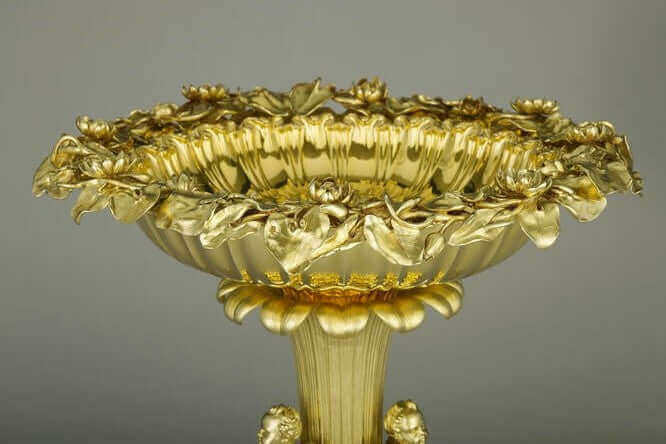
The prestigious silversmith "Bernard Family" continuing since the 18th century
Posted by WATANABETAIGA
Barnard Family, Britain's oldest silver workshop The Barnard family was a British silversmith ...
The prestigious silversmith "Bernard Family" continuing since the 18th century
Posted by WATANABETAIGA
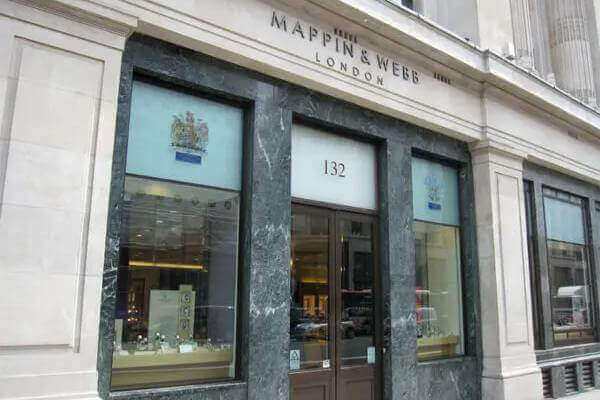
Mappin & Webb, the jeweller to the British Royal Family
Posted by WATANABETAIGA
In 1897, it was certified as a "royal purveyor" by Queen Victoria, and Mappin & Webb's craftsmen are still appointed as crown jewelers (craftsmen who create crowns) for the British royal family.
Mappin & Webb, the jeweller to the British Royal Family
Posted by WATANABETAIGA
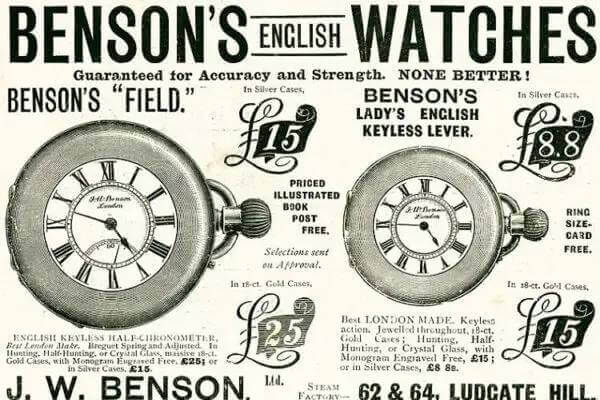
JW Benson, a leading British watchmaker
Posted by WATANABETAIGA
While many British watch manufacturers had small-scale workshops, by the end of the 19th century, large-scale factories were manufacturing a wide range of watches from mid-range to high-end models.
JW Benson, a leading British watchmaker
Posted by WATANABETAIGA
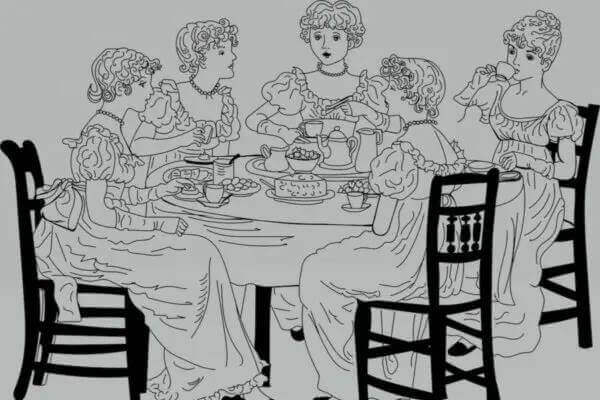
British afternoon tea
Posted by WATANABETAIGA
In Japan, there are drinks called "Gogo-no-Kocha" and chain cafes called "Afternoon Tea" that are popular.
In Britain, which actually leads the world's tea culture, tea is a custom that can be said to be part of life.
British afternoon tea
Posted by WATANABETAIGA

Periodization of British Antiques
Posted by WATANABETAIGA
Period division is a term used to classify antiques according to the year of manufacture. Britain's eras are named after the king who ruled over them.
Since it greatly reflects the background of the era and the tastes of the king at that time, the style changes with each era.
Periodization of British Antiques
Posted by WATANABETAIGA
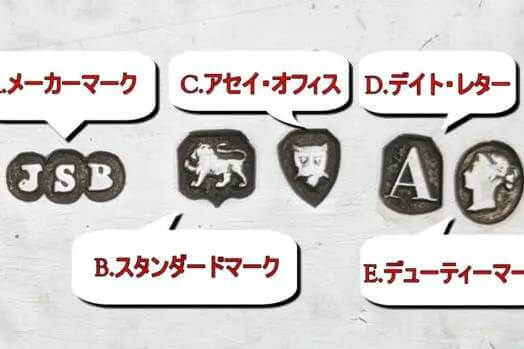
A hallmark of British silverware
Posted by WATANABETAIGA
All British made silver products have a small stamp called a hallmark.
When it comes to pocket watches, the silver cases of British watches are also engraved.
European silver products have hallmarks, stamped with marks to certify purity, etc., and these are said to date back to the Eastern Roman Empire in the 4th century.
The British hallmark system was established by law during the reign of Edward I in the 14th century, and silver products were required to be sterling silver (92.5% purity).
A hallmark of British silverware
Posted by WATANABETAIGA
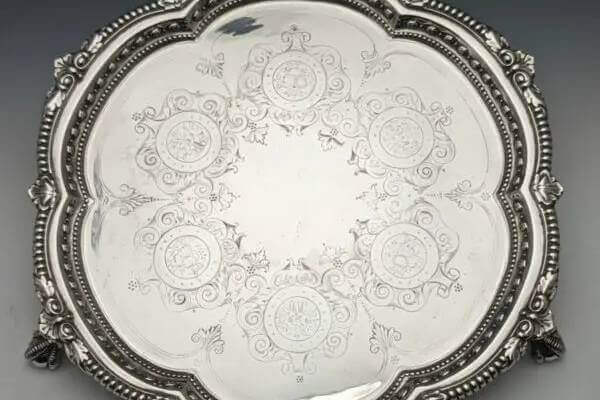
Salva
Posted by WATANABETAIGA
Among the trays (flat containers with a shallow bottom), only silver ones are called salva.
It was used by upper-class European families to carry cups and plates to the table, and by butlers to carry letters and cards to their masters.
Salva
Posted by WATANABETAIGA
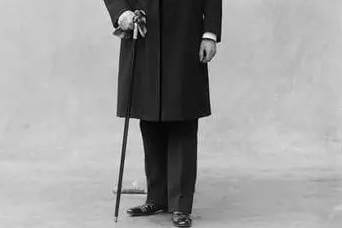
antique walking stick
Posted by WATANABETAIGA
However, not only in medieval Europe, but also in Japan during the Meiji period, it was once an indispensable item for gentlemen's fashion.
antique walking stick
Posted by WATANABETAIGA


